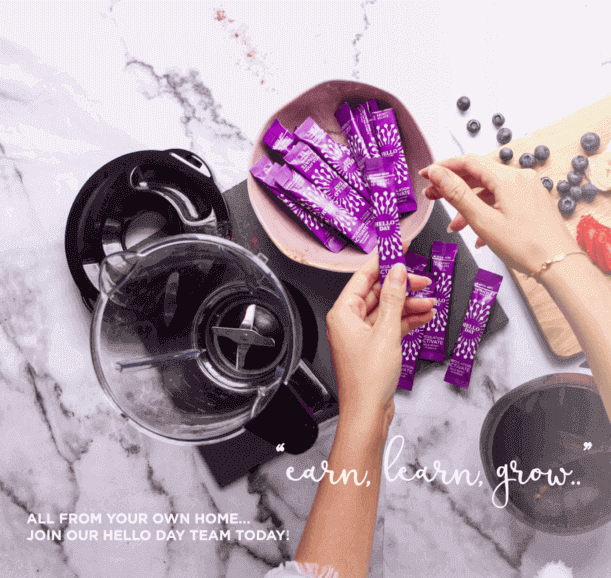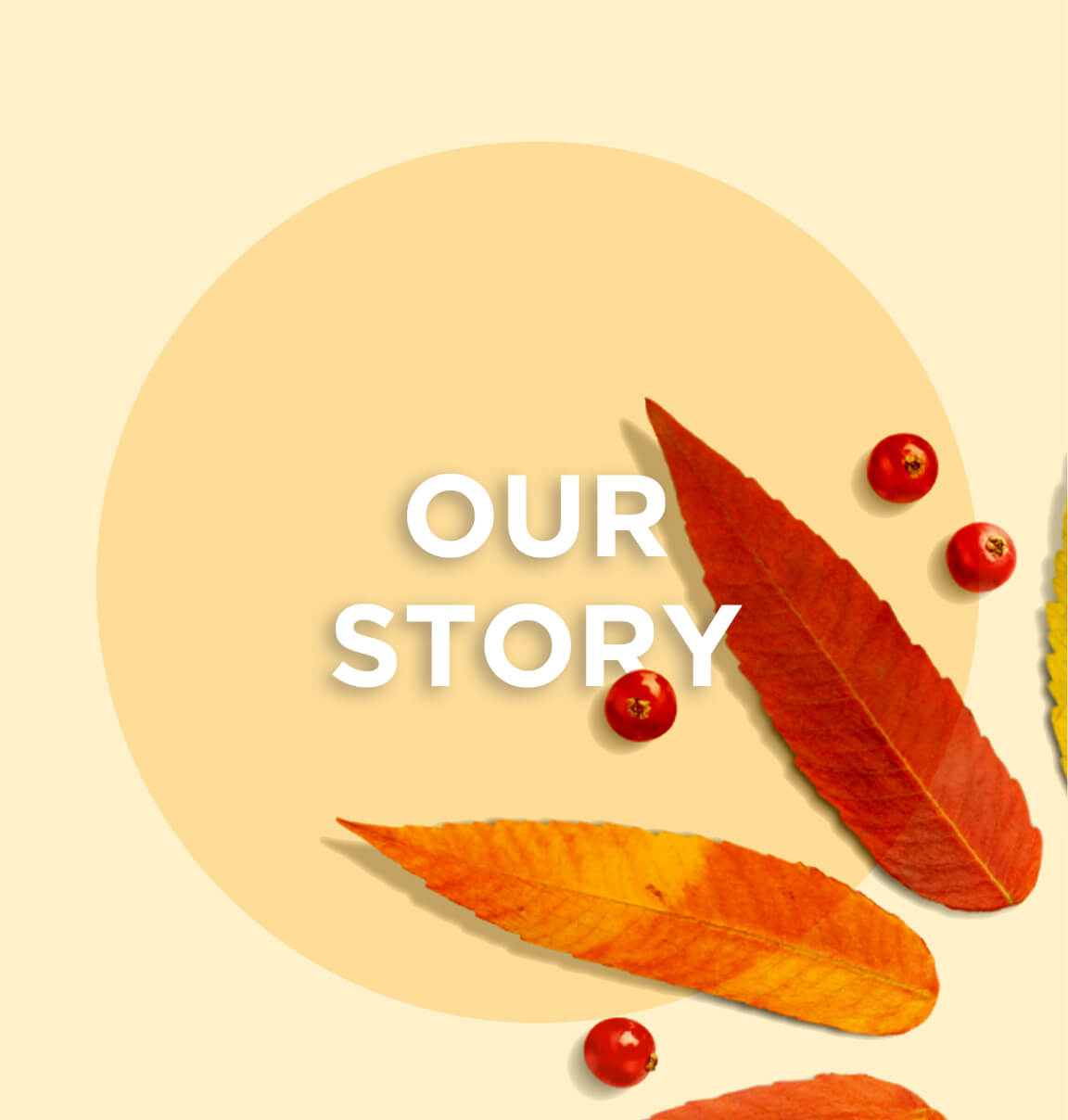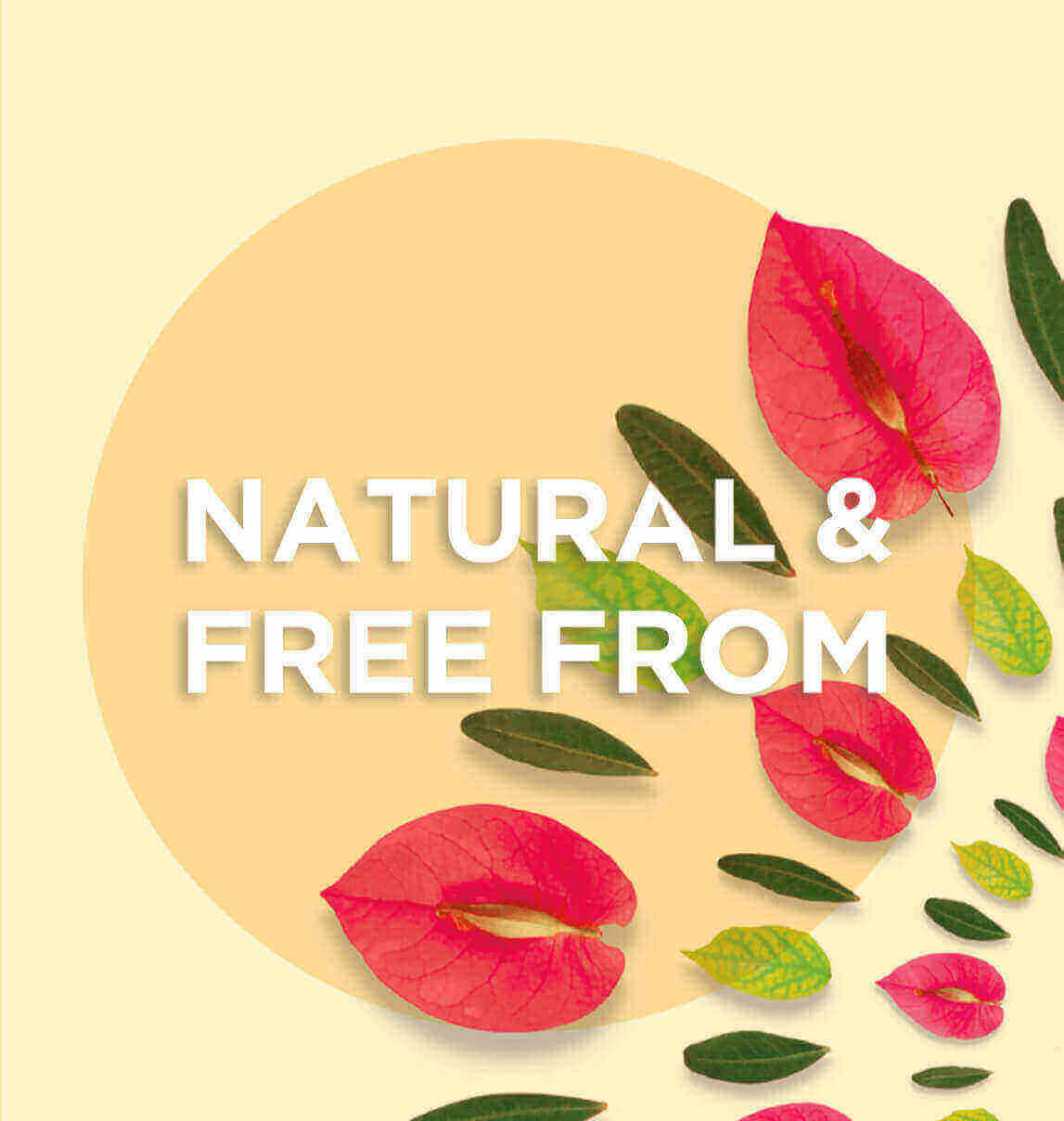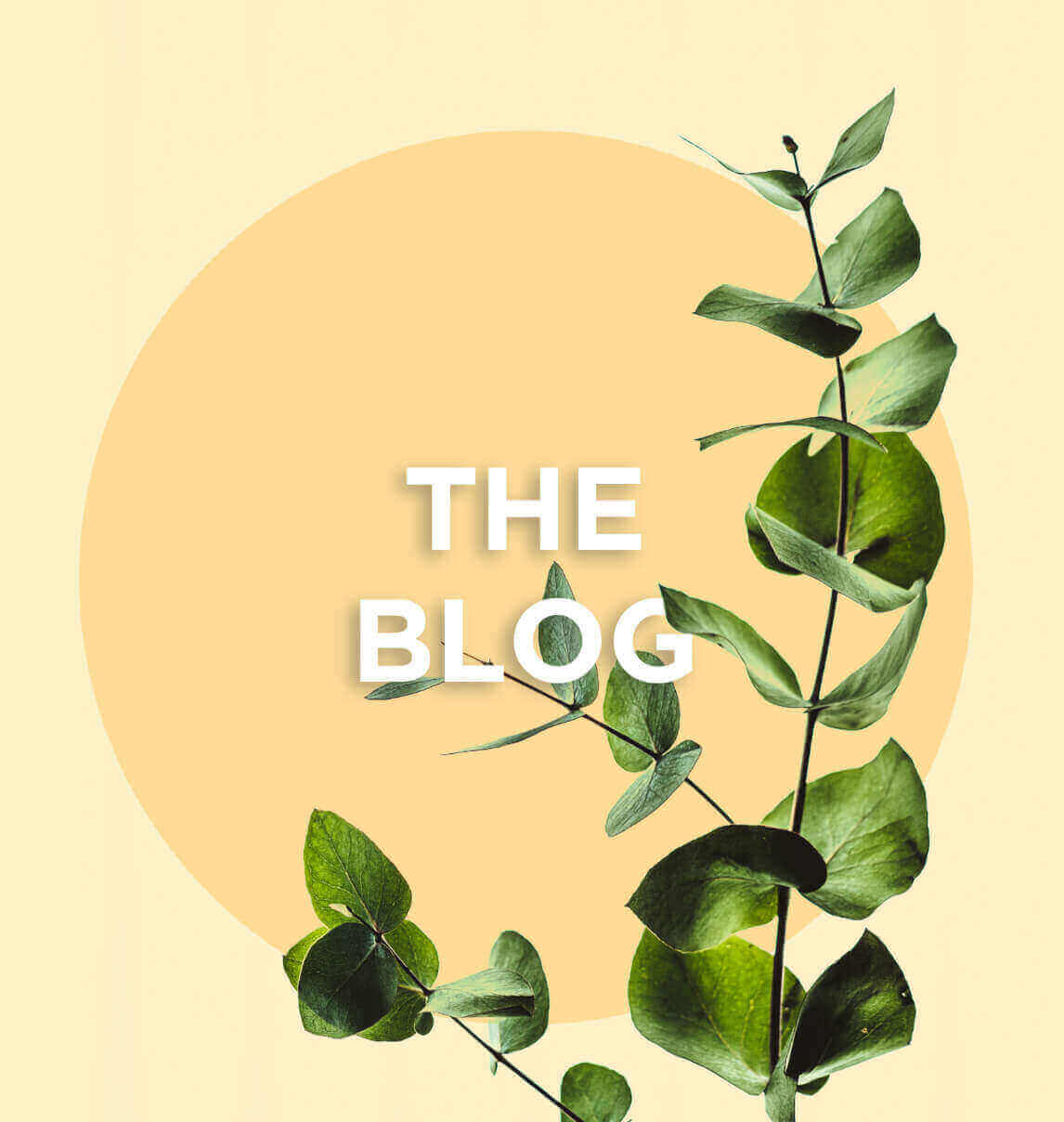Autumn is the season of dead leaves and hair loss… In line with the period when you resume your hectic pace of life after a well-deserved rest, this seasonal hair loss does everything to sap your morale. But it does, in fact, correspond to a normal, annual cycle of hair renewal and there’s no need to worry about it unnecessarily.
A loss of varying amounts
Certain women will experience slightly more significant hair loss than usual, whereas others suffer seasonal hair loss which could be 3 to 4 times greater than in other months.
It’s worth noting that hair loss also occurs in spring, though slightly less significant.
…and time-limited
Generally speaking, seasonal hair loss lasts between 4 and 6 weeks.
Hair loss lasting over 6 weeks may be commensurate with another problem (iron deficiency, a thyroid problem, etc.) and you should consult your doctor.
Should I count the amount of hair I lose?
No, that doesn’t serve any purpose other than worrying yourself.
Normally we all lose a certain amount of hair every day and this amount varies depending on our hair type and life cycle.
Over a ‘normal’ period, this figure may vary between 20 and 100 hairs per day!
What is the cause of this hair loss?
Seasonal hair loss shares part of its cause with hair loss after child birth.
During the spring and summer, the sun’s rays promote the production of vitamin D and certain hormones that encourage growth.
The life span of hairs that would have fallen is increased. We say that the hairs become synchronised.
In autumn, this release decreases and the hairs nearing the end of their life are eradicated.
Do not confuse hair loss…
When we talk about hair loss, we mean dead hairs that are naturally eradicated to ‘make room’ for new hair.
Doctors call this the ‘telogen phase’ and the root is very noticeable at the end stemming from the scalp.
How the root looks should not worry you, it does not mean that you have lost the ‘root’ of your hair and that it won’t grow back again. A new strand of hair is already growing at the base of the one that has fallen out.
…with broken hairs!
However, when you return from holidays, your hair may have become weaker due to the salt water, chlorine, wind and sun.
Not to mention more frequent shampooing and the different techniques used to tame your hair: hair clips, hair baubles, swimming caps and hair gel.
Plus, the chemical components in your hair dye interact with each other and with those used to treat the pool water…
In this case, the hair doesn’t fall out at the root; instead it breaks at a variable length depending on the cause of the damage.
How to react?
There’s absolutely nothing you can do to prevent seasonal hair loss. I’d like to remind you that it’s all to do with dead hair being removed naturally.
On the other hand, you can give your scalp all the essential elements your hair needs during the growth phase, so that your ‘winter hair’ is in tip-top condition:
- Sulphur-containing amino acids (cysteine and methionine) which are the base component of keratin
- Vitamin B6 and Zinc which also play a part in the keratin production cycle
- Minerals contained in remineralising plants (link to article about horsetail)
- Omega-3 fatty acids
This supply may be taken internally or you can use a lotion applied to the root of the hair to stimulate growth.
A gentle massage enhances root irrigation and improves integration of minerals and amino acids.
In the event of significant hair loss, doubling up on internal and external intake is advised.
And what about damaged hair?
You may also take action if your hair has been damaged by mistreatment during the summer.
In this case, you may wish to use reparative hair balms or masks.
A quick trip to the hairdresser to get rid of any split ends would also be a good idea.
Eating well throughout the year
You should understand that the way you eat throughout the year is going to influence the strength of your hair and its resistance to damage.
Proteins, omega-3 fatty acids, acid-base equilibrium, regular vitamin D intake and anti-oxidants are elements that all contribute to healthy hair, nails and skin.
References
Pathologie Du Cheveu by Pierre Bouhanna and Pascal Reygagne, Masson Paris Editions





